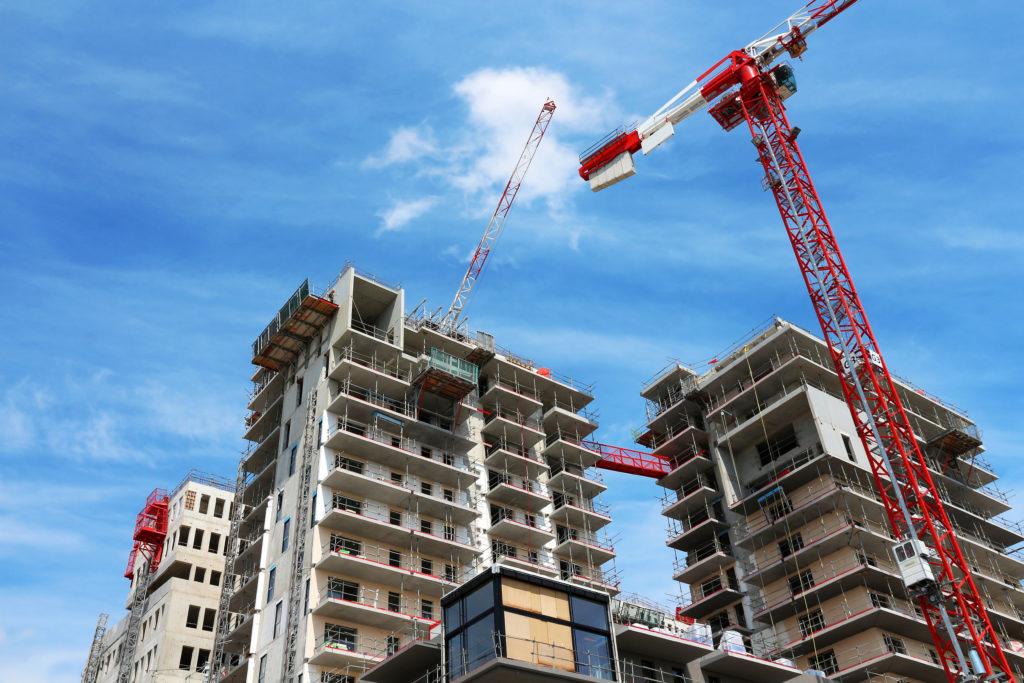The FWD #170 • 484 Words
Why is it so hard to find a home when we’re building more now than we have in the last 50 years?
Last month, the Harvard Joint Center for Housing Research (JCHR) released their annual State of the Nation’s Housing Report. In it, they note there were 1.64 million homes under construction in the U.S. as of April 2022, higher than at any time since 1973. Yet at the same time, JCHR Director Chris Herbert described the prevailing response he gets from housing providers: “I’ve never felt so worried at a time when everything feels so good.” Does that resonate with you?
Did you know?
Although JCHS was founded as a joint institute between MIT and Harvard in 1959, by the 1970s it was solely managed by Harvard. Today, it is joint in name only!
You may have seen a spate of articles in your news feed in recent weeks writing that the housing shortage isn’t just in high-priced coastal cities any more. In fact, the country has doubled its housing shortage in the last decade alone. Those of us in the housing industry here in Virginia may be forgiven for feeling that this is old news. We noted here numerous times in previous blogs that the supply constraint is ongoing—and widening—in most of our markets.
What is important about this news is that the recent, record-breaking increase in housing production and financial resources has yet to make a difference in housing prices. This has even been true in smaller, more moderately-priced markets. It’s just not enough.
So did we finally get our housing production engine revved and our financial resources flowing right when other calamities—supply chain hiccups, growing inflation, rising interest rates—struck?
Blast from the past:
Our biggest fans might remember our Housing 2020 series from nearly ten years ago, which hinted at these exact issues!
To make matters worse, restrictive local land uses still prevail. Herbert explains: “There’s very little area in most markets that’s zoned for anything other than single family homes on relatively large lots. And so it’s just very hard to build housing anywhere close to the center of urban areas, because most areas are built out.”
One modest thing we can at least hope for is that today’s significant construction pipeline might soften the landing for a real estate market downturn driven by a perfect storm of those calamities. If housing demand decreases due to high interest rates and inflation, an increase in the inelastic housing supply may slowly but surely start to meet demand.
Is that the best we can hope for? It might not be true improvements in affordability, but maybe some less bad outcomes instead?
Econ 101: Inelastic
Housing is an inelastic good, which means that many other factors influence the connection between demand and prices. These include the extended development time from planning to occupancy, interest rates, supply chain challenges, and labor shortages.
